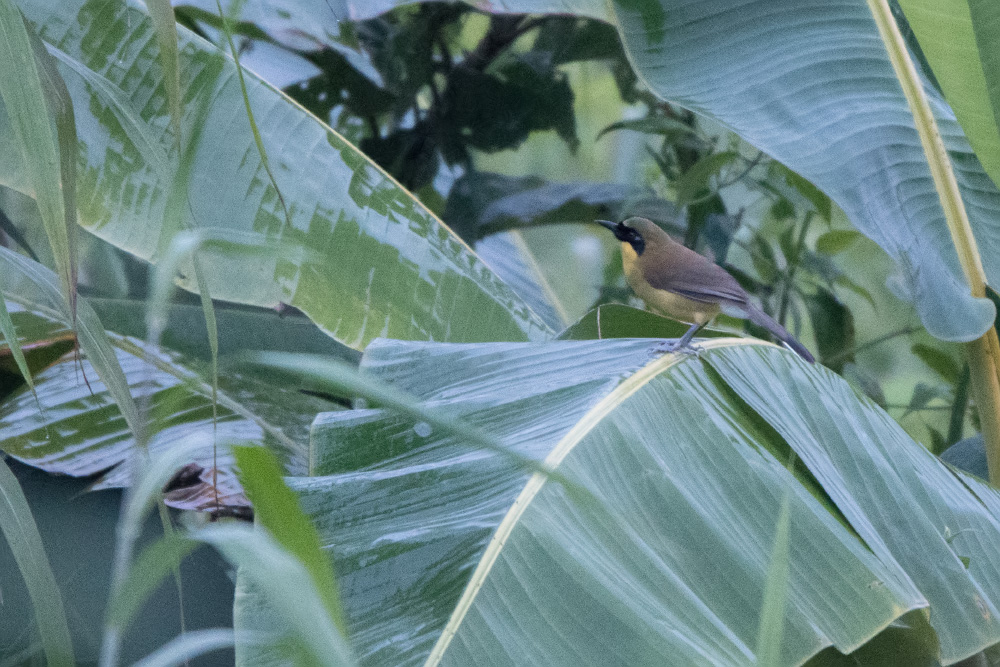 "
"
The Yellow-throated Laughingthrush is a secretive species with a very limited distribution in India, mainly along the India-Myanmar border. It has been only reported from a handful places in Nagaland and Manipur in the recent past. The species is most reported from Pungro region in East Nagaland after it was originally described in May 2011.
This species was recently recorded at the Doyang reservoir in Nagaland. After spending the whole day watching the spectacular Amur Falcon congregations at Doyang on November 3, 2016 with some birder friends, Mr Amey Ketkar & Mr Sunil Gulve took a walk on the main Doyang – Pangti road in fading light. While watching Amur Falcons coming in to roost, they heard some laughingthrush-like calls. On following the calls, to their surprise, they encountered a flock of Yellow-throated Laughingthrush in a totally unexpected place!
They were able to count about 15 birds in the flock. Pungro, the closest known location of the Yellow-throated Laughingthrush, is about 300Km east of Doyang. The jhum cultivation, construction of the hydroelectric plant and other activities have degraded the forested regions around Doyang and Pangti villages over the years. The region (like all parts of Nagaland) was also subjected to rampant hunting till the Amur Falcon massacre was discovered in Oct, 2012. With serious intervention from conservationists, the killing of falcons has completely stopped in the last couple of years (since 2013) with the local communities leading from the front. Unexpectedly, hunting of other wildlife has also significantly come down possibly accounting for the re-emergence of the Yellow-throated Laughingthrush here.
This species has not been recorded during the surveys for the Nagaland Biodiversity Project (in 2010 and 2011) and the Amur Falcon Conservation project (since 2013). Given the status of this species elsewhere and in India this is a very significant record for the country.
More significantly, it is an important testimony that with the appropriate interventions — and a complete stop to hunting — wildlife populations, including rare and endangered species, can rebound in areas once devastated by local community hunting.

 CI is a non-profit, non-commercial portal that aims to facilitate wildlife and nature conservation by providing reliable information and the tools needed to campaign effectively.
CI is a non-profit, non-commercial portal that aims to facilitate wildlife and nature conservation by providing reliable information and the tools needed to campaign effectively.
Chosen as 'Picture of the Week'
It is an important testimony that with the appropriate interventions -- and a complete stop to hunting -- wildlife populations, including rare and endangered species, can rebound in areas once devastated by local community hunting.